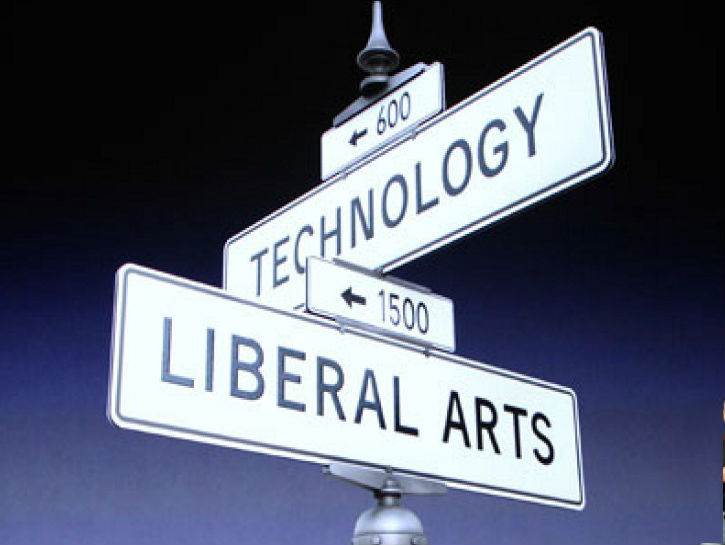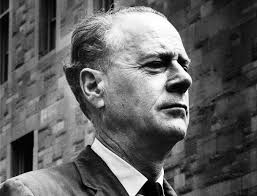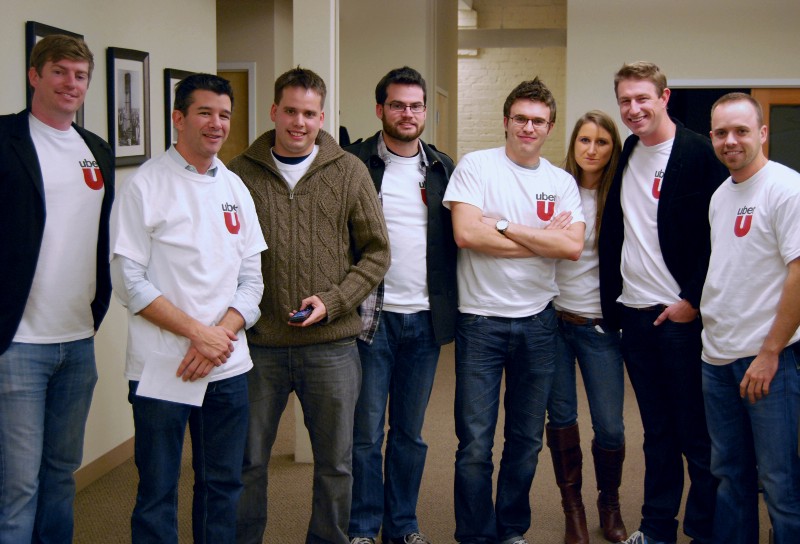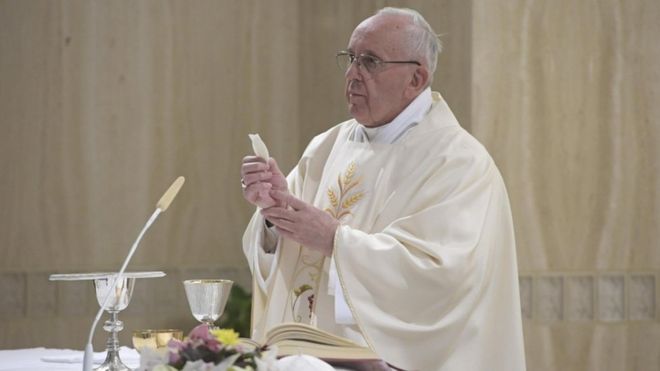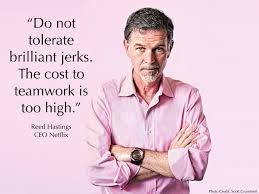Formula One auto racing star Lewis Hamilton got a new luxury jet, a $27-million US candy-apple red Bombardier Challenger 605 with Armani curtains. He also got a refund on the value-added tax.
And the lawyers at Appleby, an elite law firm founded in Bermuda, were there to help.
They teamed with the London-based accounting giant Ernst & Young to craft a plan to sidestep the VAT, a consumption tax charged in Europe on everything from socks to cars. One of the conditions: Hamilton’s inaugural flight would have to touch down on the Isle of Man, the British crown dependency in the Irish Sea known for its lenient tax treatment of the world’s super-rich.
“This will involve a short stay, normally less than two hours,” Appleby said in a written explanation of the tax-avoidance strategy.
Hamilton and his girlfriend, Pussycat Dolls pop star Nicole Scherzinger, planned a layover in the Isle of Man on their first time out to Europe on his new jet in January 2013, according to an itinerary sent to Appleby.
It’s not known whether they actually made the trip. But in the end, Hamilton did pick up a $5.2- million VAT refund, according to secret documents reviewed by the International Consortium of Investigative Journalists, the BBC, the Guardian and CBC News, among others.
The documents come from the internal files of offshore law firm Appleby and corporate services provider Estera, two businesses that operated together under the Appleby name until Estera became independent in 2016. The files were originally leaked to the German newspaper Sueddeutsche Zeitung.
The leaked documents from Appleby and other sources reveal a long list of rich people who rely on offshore operatives to handle the tax issues and other challenges related to luxury planes and boats. Among them: celebrities like Hamilton, the Crown Prince of Saudi Arabia and other royalty, and politicians or figures connected to them.
In Hamilton’s case, his lawyers provided a statement to the Guardian that said the race car driver has a set of professionals in place who run most aspects of his business operations on his behalf. They also said no subterfuge or improper levels of secrecy have been put in place.
Shielding offshore trillions
The purchase of Hamilton’s jet illuminates a low-profile network of lawyers, bankers, accountants, financial advisors and other professionals who operate offshore, in the gray international area between tax jurisdictions. This global system helps shield assets from taxes, creditors, and competitors and has been instrumental in luring trillions of dollars offshore, forcing other taxpayers to make up the difference.
The offshore subspecialty handling private jets and mega-yachts has prospered even as concerns about the wealth and privileges of the global one per cent have grown.
The yacht-and-jet offshoring business extends far beyond secretive tax havens and discreet law firms. It has involved U.S. banking giants such as Wells Fargo & Co. and U.S. law powerhouses including Akin Gump Strauss Hauer & Feld. The banks have helped create trusts that have enabled otherwise ineligible foreigners to register jets in the U.S., which can increase their resale value. Akin Gump helped an Arab monarchy qualify for a VAT refund on private jets it wanted to turn into spy planes.
A spokeswoman for Wells Fargo said the bank is in the process of exiting the business of acting as trustee for foreign owners of non-commercial jets. “As a regular course of business, Wells Fargo evaluates its products and services to make sure we deliver the best experience for our customers while maintaining appropriate risk levels,” she said.
These arrangements allow the rich to exploit the weaknesses of the international tax system through “hidden ownership and circular financing schemes,” said Alex Cobham, chief executive of Tax Justice Network, a U.K.-headquartered nonprofit that fights financial secrecy.
U.S. President Donald Trump is among those who have taken advantage of offshore arrangements to organize ownership of private aircraft.
A set of leaked documents from the Bermuda corporate registry, not related to Appleby, list Trump as the owner of a Bermuda shell company that in turn owned a Boeing 727 jet used by Trump, who put it up for sale in 2009. Trump disclosed the company, D.J. Aerospace (Bermuda) Limited, in his election disclosure filings. The jet is now owned by Weststar Aviation, a Malaysian company.
The Wall Street Journal reported in December that another Trump aircraft — a Boeing 757-200 he used during his presidential campaign — is controlled via a complex ownership and leasing setup. The arrangement could have allowed him to avoid paying the $3.1 million New York sales tax up front and instead pay it in installments instead.
Trump did not respond to requests for comment from ICIJ and partners.
Isle of riches
A craggy, rainswept island otherwise known for its tailless Manx cats, the Isle of Man has long been a key outpost in the offshore industry.
It has a “partnership” with the U.K., but it controls its own domestic policy — and has turned itself into an attractive hub in the global financial system by offering low tax rates and tolerating high levels of corporate secrecy. It didn’t even have an aircraft registry until 2007 but now maintains the largest offshore plane registry in the world. Roughly 1,000 private airplanes registered there. Each generates fees to the island’s financial services industry, the Isle of Man’s biggest employer.
The registry’s growth is in part due to the isle of Man’s lenient VAT policy and tolerance for arrangements, like those Appleby helped create, that exploit it. Indeed, Appleby alone has been responsible for creating companies that owned at least 48 private jets with an average price of $33.9 million, according to an analysis of the law firm’s internal documents by the BBC and ICIJ.
Appleby also has a big business in registering yachts, particularly in the Cayman Islands, where it has registered offshore companies that claim ownership of dozens yachts and ships. These include boats owned by the royal families of the United Arab Emirates and Saudi Arabia, Russian fertilizer billionaire Andrey Guryev, and Microsoft co-founder Paul Allen. Guryev did not respond to request for comment. An Allen representative declined to comment.
On the Isle of Man, Appleby has drawn big-name customers by creating offshore arrangements that push the boundaries of EU tax rules, according to international tax experts contacted by ICIJ and its partners the BBC and The Guardian.
Some of the complex Isle of Man arrangements don’t appear to meet the criteria set out in the EU’s VAT exemption language, tax experts say. EU language, for instance, requires companies to be real operating businesses and not so-called “letterbox” companies.
“It doesn’t pass the smell test,” said Maria Martinez, a former international tax attorney now with the antipoverty nonprofit Oxfam America, referring to the Isle of Man’s treatment of many of its arrangements.
After the ICIJ partners sent questions about the arrangements to the Isle of Man’s government, its chief minister, Howard Quayle, called a press conference.
“We have found no evidence of wrongdoing or reason to believe that our customs and excise division has been involved in a mistaken refunding of VAT.” Quayle said on Oct. 23. “The Isle of Man is not a place that welcomes those seeking to evade or abusively avoid taxes.”
At the same time, however, he announced that he had invited the UK Treasury to conduct an assessment of the Isle’s jet registration business.
And in response to The Guardian and ICIJ questions, the government disclosed that VAT refunds for 231 jets registered on the Isle totalled more than $1 billion. Without the Isle of Man structures, much of that revenue would have gone to EU countries where the planes would have been registered.
Tougher information-sharing requirements for the offshore industry are required to stop the wealthy from going offshore, said Gabriel Zucman, an assistant professor of economics at the University of California, Berkeley
“The offshore system benefits a tiny elite who uses it to avoid and sometimes evade billions of dollars in taxes,” said Zucman, who is also author of The Hidden Wealth of Nations. “Unless we are willing to accept ever rising inequality, this situation is unsustainable.”
Only 1 layover needed
The exemption that Appleby helped secure for Formula One champ Hamilton’s jet, for instance, shows how expansively the Isle of Man interprets EU aircraft rules.
Appleby set up an Isle of Man company called Stealth (IOM) Limited to lease the jet from Hamilton’s British Virgin Islands holding company, Stealth Aviation Limited, and import the plane onto the Isle of Man and thus, into the EU. The letterbox company then subleased it to TAG Aviation Limited, a third-party jet operator in England.
But EU rules require that the company that imports the plane be a real – not a shell – company that actually operates in the EU. Stealth (IOM) Limited has no employees.
Knock on the door of 33-37 Athol Street in Douglas, the capital, and you’ll find an Appleby office that also serves as headquarters for more than 1,100 companies and trusts. Stealth (IOM) Limited has no staff, no building of its own.
Despite the fact that the importing firm clearly exists only on paper, Isle of Man officials pre-approved Hamilton’s arrangement. After that, all that was required was a layover on the Isle of Man for customs to sign the jet’s paperwork allowing the VAT refund. Neither Hamilton nor his plane ever had to visit the island again.
Appleby sold its Isle of Man jet operation and the rest of its fiduciary business to the unit’s managers in early 2016. The new company took the name Estera.
In their statement, Hamilton’s lawyers said Stealth (IOM) Limited is not a shell company and was formed to run a leasing business and hire the aircraft on a long-term basis at a commercial rate. They added that the company made all necessary disclosures to Isle of Man officials, who approved the approach.
The lawyers said that reducing taxes was not the motive, but even if it had been, it is lawful to lease rather than buy in order to reduce VAT.
They added that it was not correct that Hamilton had paid no VAT on any of the arrangements.
In a separate statement, Ernst & Young said commercial leasing arrangements such as those used by Hamilton constitute entirely legitimate commercial practice. The accounting firm said that as a commercial business, the import company is entitled to reclaim the VAT incurred on its business asset against the VAT which it is due to pay on the import of the aircraft into the European Union, if the aircraft is being used wholly or predominantly for business purposes by the end user.
“All our advice, whether in planning or compliance, is based on our knowledge of tax law and providing transparency to tax authorities…,” Ernst & Young said in a statement. “Our services are underpinned by a firm-wide global code of conduct.”
It could not be determined whether any Hamilton entities paid VAT on trips within the EU.
EU rules forbid VAT refunds for personal jet purchases and imports. Hamilton, however, received a refund even though he had planned to use the plane for non-business purposes one-third of the time, according to draft leases in the Appleby files. And his social media feeds and website frequently flaunt his private use of the plane.
One video uploaded to Hamilton’s YouTube account shows him, his dog “Coco,” and some friends aboard the plane, followed by scenes of him cavorting on four-wheeled dirt bikes in Colorado and dancing and drinking at a 2015 festival in Barbados.
A video from Lewis Hamilton’s YouTube account shows his dogs boarding his private jet.
The jet was used primarily for business purposes, Hamilton’s lawyers said, adding that on the few occasions that it was used for private purposes, a proper hire charge was invoiced and paid.
An unsigned statement on behalf of the Isle of Man Government to The Guardian said the government is committed to enforcing tax rules.
“Whilst it is clear that no jurisdiction in the world could ever guarantee that instances of evasion, abusive tax avoidance and error do not occur on an individual basis, the Isle of Man is committed to ensuring that it is not used by those seeking to evade taxes or to abusively avoid taxes,” the statement said.
It adds that in October 2016 it began “to review the accuracy and efficacy of the declarations being made to it” by the roughly 270 aircraft ownership arrangement there.
The arrangements aren’t so unusual among the very rich.
Even the United Arab Emirates – one of the world’s wealthiest countries – sought to avoid the VAT with Appleby’s help. In 2012, the Persian Gulf monarchy bought two Bombardier Global 6000s for $120 million and committed to pay $98 million more to convert them into high-tech spy planes.
Because it’s a state, the UAE wasn’t eligible to register an aircraft in the Isle of Man. Appleby and Akin Gump, a Washington-based international law firm, lent a hand. Appleby created a shell company called Advanced Integrated Systems (IOM) Limited that could register the aircraft on behalf of the authoritarian monarchy.
Appleby also got assurance from the island’s customs officials that the planes wouldn’t be taxed. Akin Gump helped arrange Appleby’s registration of the plane, according to emails sent from its lawyers to Appleby. Neither Akin Gump nor the UAE returned requests for comment.
Not all maneuvers involve the Isle of Man, of course, and not all of them are particularly complicated.
When Mohammed bin Salman, now crown prince of Saudi Arabia, bought the mega-yacht Serene from Russian vodka billionaire Yuri Shefler for $456 million, it was docked in port in La Ciotat, in the south of France. Serene’s 30,000 square feet of living space includes an underwater viewing room, a climbing wall, a cinema and an indoor seawater pool, as well as space for 52 crew members. The yacht also features a helicopter hangar, at least five onboard boats, and a submarine garage.
Advisors proposed motoring the 134-metre yacht to international waters in the western Mediterranean and closing the sale there, according to documents sent from the American law firm Baker McKenzie to Appleby in 2015.
It’s unclear whether the plan was carried out, or whether any VAT was ultimately paid. A spokeswoman for the Saudi government declined to comment, as did Baker McKenzie.
Martinez, of Oxfam, said moving yachts is a common tax avoidance strategy. “If you’re in international waters, no country can claim it,” she said. “It’s stateless income.” Whether the sale closed in international waters and whether the location was part of a tax-avoidance strategy could not be learned.
CBC is part of the International Consortium of Investigative Journalists that produced this story but did not independently verify the specific allegations.




















